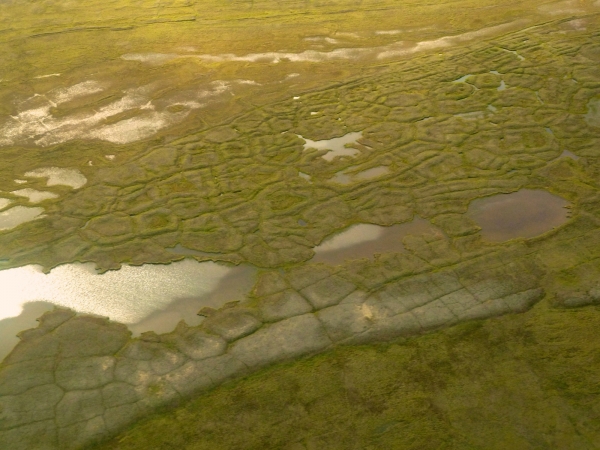Oak Ridge National Laboratory scientists set out to address one of the biggest uncertainties about how carbon-rich permafrost will respond to gradual sinking of the land surface as temperatures rise. Using a high-performance computer simulation, the research team found that soil subsidence is unlikely to cause rampant thawing in the future.
This permanently frozen landscape in the Arctic tundra, which has kept vast amounts of carbon locked away for thousands of years, is at risk of thawing and releasing greenhouse gases into the atmosphere.
The United Nation’s Intergovernmental Panel on Climate Change has identified the possibility of soil subsidence leading to a feedback loop that could trigger a rapid thaw as a major concern in the decades ahead. Accelerated thawing caused by uneven land subsidence has been observed on smaller scales over shorter time frames, but the IPCC’s assessments were uncertain as to what may happen over the long term.
That’s where ORNL stepped in with its Advanced Terrestrial Simulator, or ATS, a highly accurate, physics-based model of the region’s hydrology fed by detailed, real-world measurements to help scientists understand the land’s evolution.
Read more at DOE/Oak Ridge National Laboratory
Image: ORNL scientists created a high-performance simulation of the Arctic tundra that found the process of soil subsidence due to permafrost thaw would be self-limited in the decades ahead. (Credit: David Graham/ORNL, U.S. Dept. of Energy)


